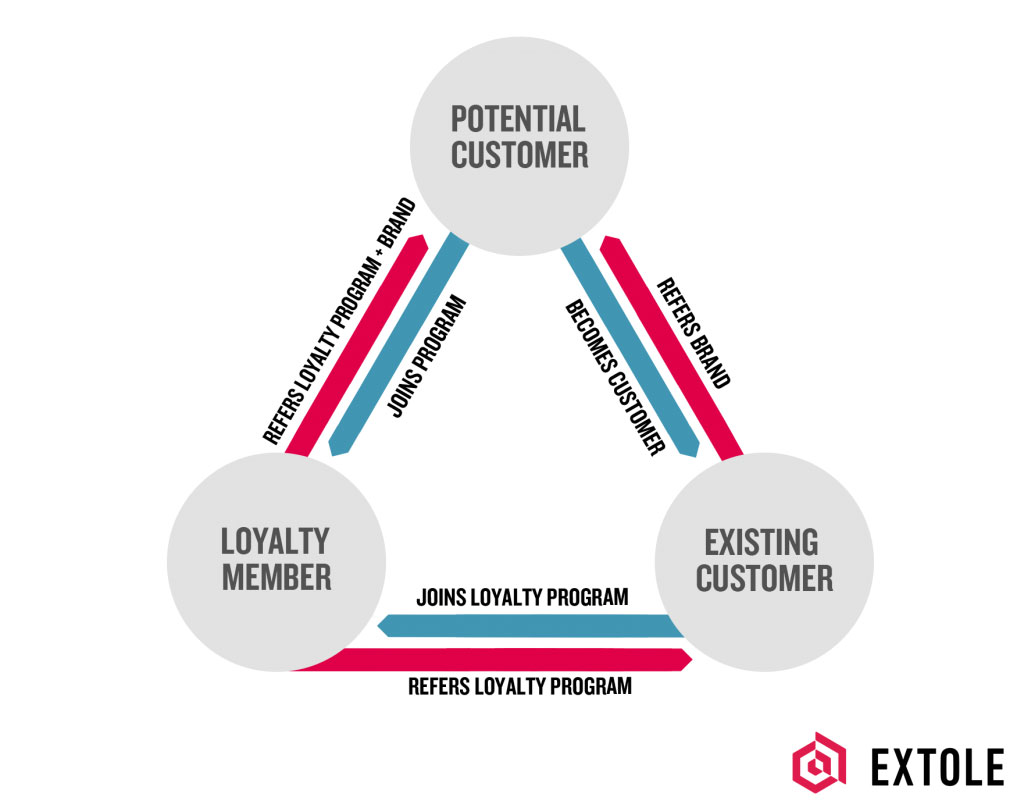Everyone talks about turning loyalty into new customers. But traditional loyalty programs don’t seem to do that. They do a good job of attracting existing customers, but new customers who aren’t familiar with the brand aren’t clamoring to join right away. They need more nurturing.
What’s missing from many loyalty programs is a constant flow of new customers to fill the top of your funnel.
The answer to this shortfall is simple. Refer-a-friend programs use existing customers to help you find new ones quickly and grow your business.
To help you get the most out of your loyalty program, we’re going to show you a framework for how to attract customers with your refer-a-friend program and move them through the funnel so that your loyalty program can do what it’s designed to – retain customers and increase revenue.
Why refer-a-friend programs work with loyalty programs
When potential customers find your brand, they have two options. They can either become a loyalty program member with perks, or they can become a regular customer.
The benefit of joining the loyalty program first is customers can share the program with existing customers to help grow the program. The loyalty program grows, but the customer base grows at a slower pace.
On the other hand, if potential customers become a regular customer first, they get to know your brand, experience value, find products they enjoy, and become advocates. These customers move through your funnel and can do two things:
- use your refer-a-friend program to attract new customers or
- join your loyalty program
By using a referral program to capture new leads, you create a bridge between customer acquisition and retention.
This concept looks like this:
What we’ve found is that most loyalty programs include your best customers. These customers are most likely advocates and already motivated by incentives. Plus, your loyalty program gives you a familiar rewards currency. Refer-a-friend programs let you take advantage of all this to create a source of new customers who have a:
- higher lifetime value (LTV);
- higher average order value (AOV);
- higher likelihood of referring than customers you’ll get anywhere else.
A refer-a-friend program essentially filters customers into the loyalty program.
With this framework in mind, here are four ways to use refer-a-friend programs to attract more customers to your loyalty program.
1. Introduce the refer-a-friend program during loyalty membership onboarding
For new customers who choose to join the loyalty program early in their customer journey, a good time to introduce your referral program is during onboarding. Include a tour of the user dashboard to show customers how to track their rewards, redeem them, and take part in new promotions:

[Source] Example of a loyalty program dashboard
Add a section to the dashboard for loyalty program members to quickly access the refer-a-friend program. This way, when they’re ready to refer people, they know where to get started.
Keep in mind that new users are motivated and want to experience your promised value. The quicker they experience this, the better. Keep your onboarding process short and simple because one of the main reasons customers abandon onboarding is the process is too complicated.
During the dashboard tour, use tooltips that point out dashboard features – including the referral program link. There’s no need to get into the program details at this point. The goal is just to show new members their options.
Why this approach works
Almost 95% of customers join loyalty programs to either save money or receive rewards:

[Source]
When a new customer buys something, send them an email introducing the loyalty program. Include a link for them to create a profile and start the onboarding process.
Introducing your refer-a-friend program as part of your loyalty program onboarding makes it more likely that customers will join and start sharing. These customers are motivated by rewards and saving money, so the sooner you show them how to meet this goal, the better.
This approach gives you new customers to nurture and retain.
2. Use your website to share your refer-a-friend program with everyone
Studies show that 88% of people take the time to research online before buying a product. 32% of shoppers visit multiple websites before they buy something:

[Source]
In many cases, your website is the first interaction your audience has with your brand. Branding, compelling copy, and appealing images help attract people to your website, keep them on the site longer, and convince them to buy something.
While there isn’t a standard conversion rate – rates are contextual depending on your audience and industry – the average rate in Q2 of 2018 was 2.63%.
Use your referral program to help boost your conversion rate. Existing customers will refer their friends and family who are more likely to buy when they visit your site compared to someone who found it while searching online. Once these referred customers buy something, you can introduce your loyalty program.
New referrals will want to research before buying, so use your website to share information about your loyalty and referral programs.
Companies that do this well include:
Alaska Air – Part of their website is dedicated to promoting their Member Plan and the benefits:
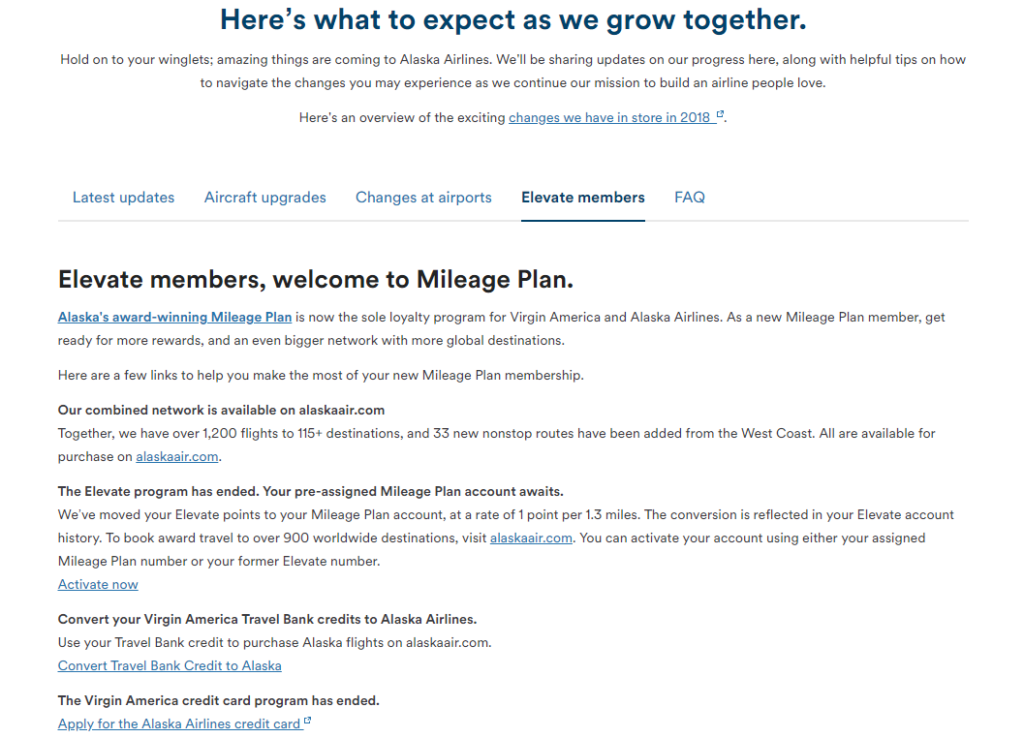

Blinds.com – This company shares their referral program on their website and make it easy for new customers to get started. At the bottom of the referral program page are simple steps that explain how the program works:
Why this approach works
By optimizing your website – for example, using keywords your audience searches for – you’re able to attract a wider segment of your audience and nurture them. You aren’t just limited to growing your loyalty program with existing customers.
Instead, existing customers help attract new customers, and your website explains both programs and improves the chances of site visitors converting.
Like the examples above, highlight the key benefits of the programs as a way to encourage customers to join.
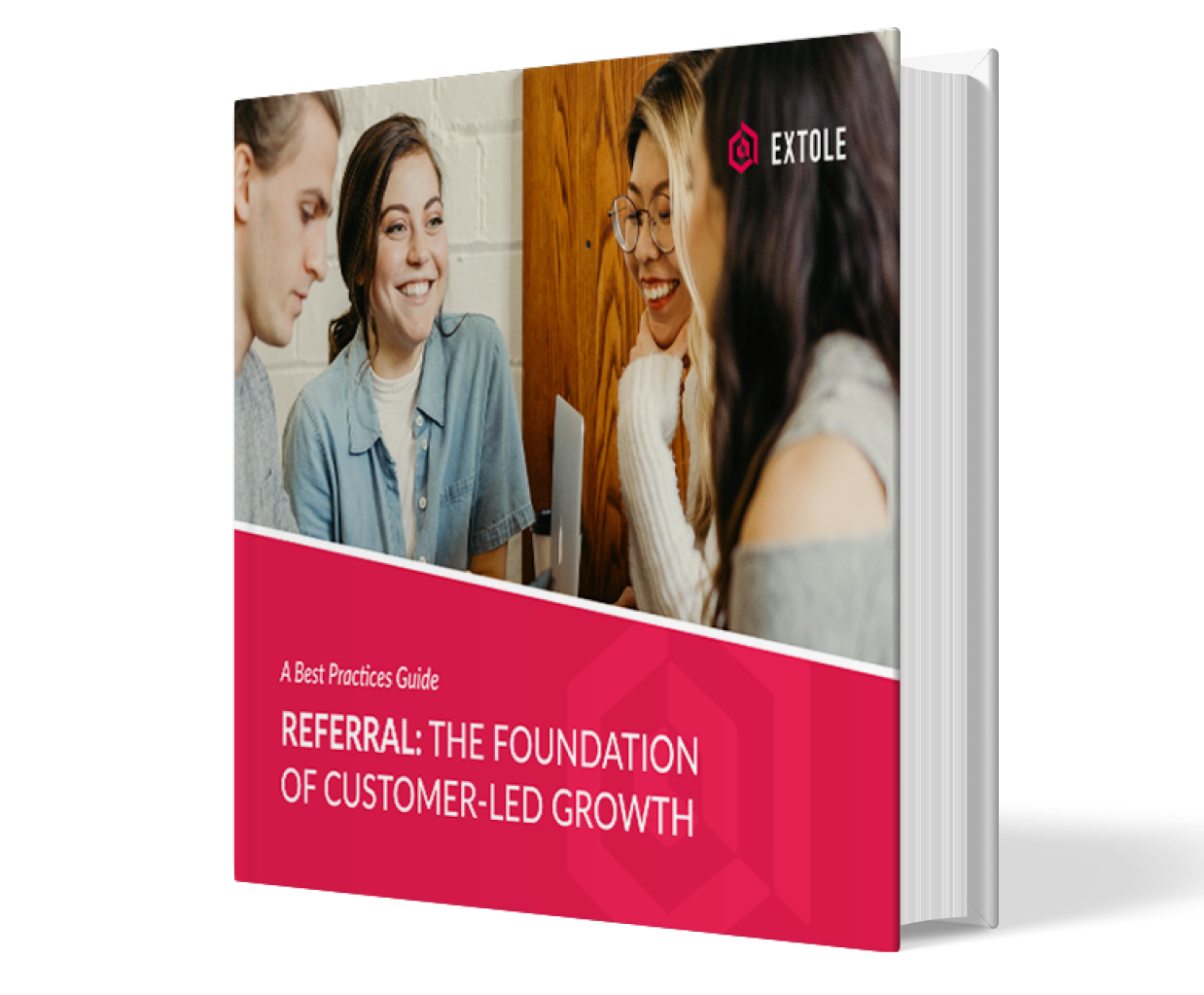
Referral Marketing – The Best Practices You Need to Know
Written by veteran referral marketers, this guide will help you optimize your referral marketing program and supercharge growth.
Get the Guide3. Use email marketing to promote your refer-a-friend program
22% of customers prefer to receive messages about loyalty programs by email, which makes email marketing an effective outreach approach.
Start by segmenting your customer list to identify loyalty program members. Next, send them each a series of personalized emails – an email platform like Mailchimp includes customer segmentation features – that introduce the referral program, the benefits, and the potential for even more rewards. Sending one email won’t be enough to convince them of the value, so send 4-6 emails spaced out over a few days to give customers a chance to understand why the referral program benefits them.
Tictail, an ecommerce website, sends emails to invite customers to join their refer-a-friend program. The email below is short and to the point. It also hints at targeting its most loyal customers and gives them priority in the use of the referral program:
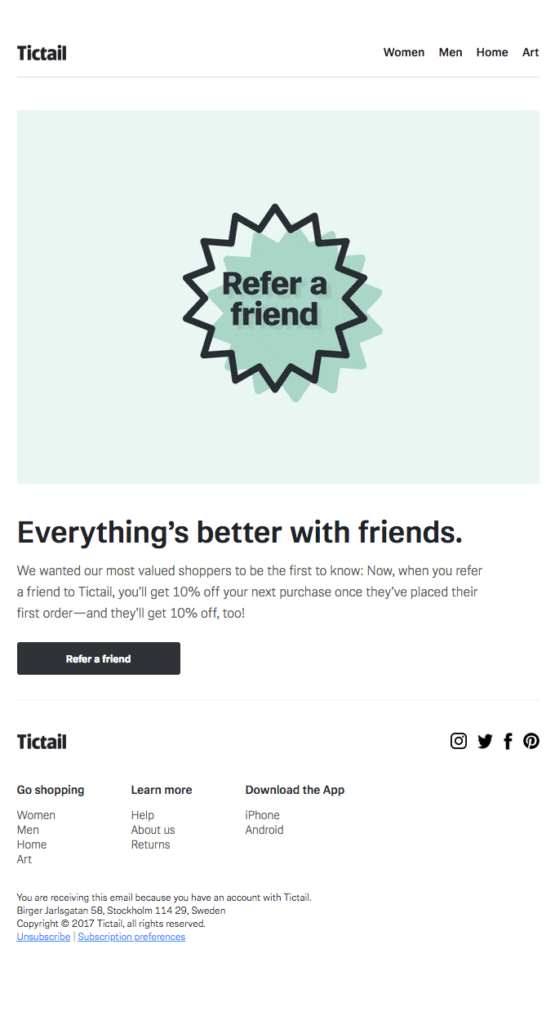
Notice how the email mentions loyal customers being the first to hear about the referral program. Studies show that 58% of customers who appreciate exclusive offers have a higher chance of taking action. 48% say an exclusive offer will speed up their decision-making process. Understand your audience and use this insight to make your emails more effective.
Follow-up emails in your promo campaign can give examples of how the refer-a-friend program works and share testimonials from other loyalty members who’ve used the program.
This approach also works for new customers who sign up for the loyalty program. Send them an intro email explaining that they also qualify for additional rewards through the referral program.
Why this approach works
Repetition is an essential part of learning. So instead of sharing your referral program once and hoping customers follow-through, email marketing helps you keep your message top of mind. Remember, with this approach, you’re targeting customers who are the most likely to keep coming back and use your products. They’ve experienced value and are committed to your product.
On top of that, they appreciate receiving extra rewards as part of your loyalty program. Sending these customers an email campaign means you’re targeting the customers most likely to participate.
The key here is to sell this segment on the fact that they can get even more rewards. As you get to know your customers better, you’ll have a better idea of the types of rewards that resonate with them. For example, you can give customers options to choose from gift cards or save on merchandise – offer rewards that match perks in your loyalty program – so that they are more compelled to participate.
4. Ask loyalty members to refer friends to the loyalty program
Loyalty programs help develop lasting relationships with customers. As a result, 39.4% of customers are likely to spend more buying your products even if a competitor offers a less expensive option. On top of this, 60% of customers will tell their family and friends about a brand they’re loyal to. Use this insight by encouraging loyalty program members to invite existing customers to join.
This means that the more customers you have in your loyalty program, the greater the chances are of boosting your revenue. And the more loyalty program customers you have, the more opportunities you have to get them into your refer-a-friend program.
Why this approach works
Existing customers have already used your product and hopefully experienced their aha moment. They don’t have to be sold on the benefits of the product but more so on how to get rewards or earn extra money. They’re an easier sell than brand-new customers who’ve never used your product.
As more existing customers become loyalty program members, make it easy for them to join your refer-a-friend program. For example, QuickBooks makes it easy by giving customers four ways to share referrals. Customers can use email, Facebook, Twitter, and Facebook Messenger to share the referral program and help grow the customer base:
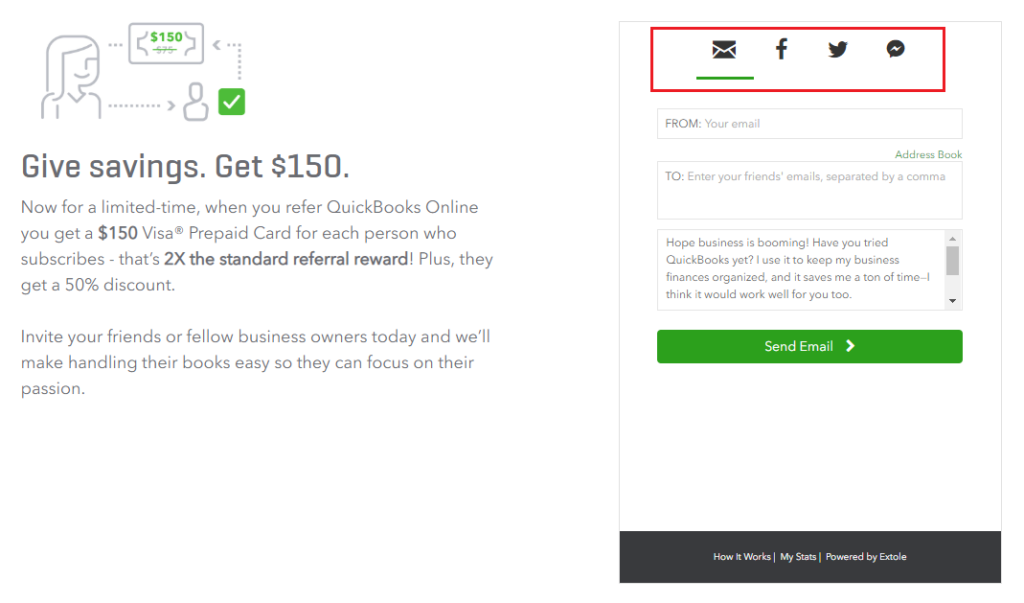
[Source]
Your customers know where their network spends time online, so they’re more likely to share their referrals with their network when you make it easy for them to do so.
Making refer-a-friend work for you
There you have it. Four ways to use a referral program to boost your loyalty program and welcome new customers. Don’t feel as though you have to pick one method and stick with it indefinitely.
It’s a good idea to have multiple campaigns running so that it’s easier to reach as many people in your audience as you can. Try these four suggestions and see how they work for your brand.
